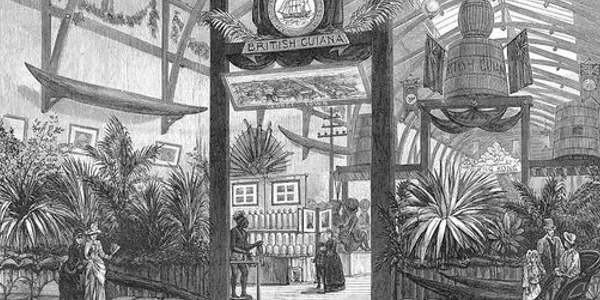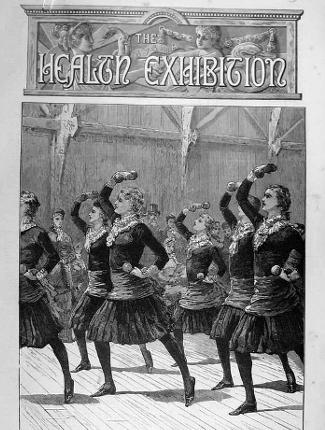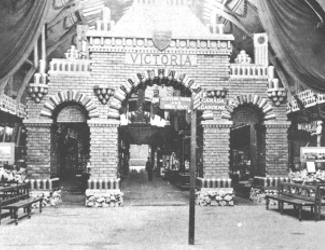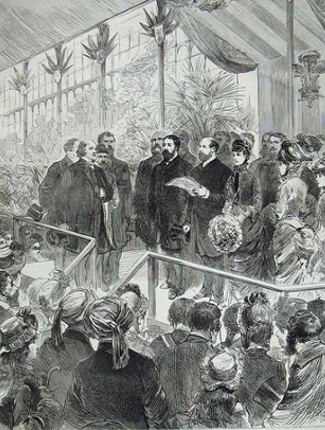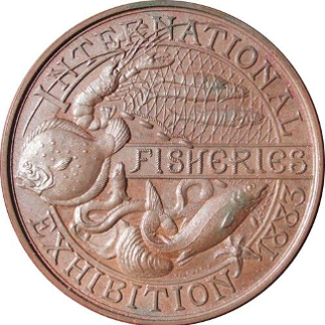Quick List Info
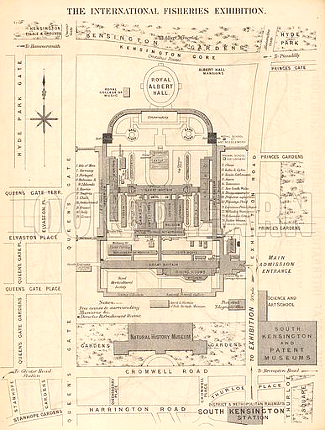
Dates Open
1883 - May 12 to October 31, 1883. Open 147 days.
1884 - May 8 to October 30, 1884. Open 151 days.
1885 - May 4 to November 9, 1885. Open 163 days.
1886 - May 4 to November 10, 1886. Open 164 days.
Exhibitions were not open on Sundays.
Attendance
1883 - 2,703,051 visitors.
1884 - 4,163,390 visitors.
1885 - 3,760,581 visitors
1886 - 5,550,749 visitors.
International Participants
1883 - 31 nations and colonies.
1884 - 24 nations and colonies.
1885 - 12 nations and colonies.
1886 - 37 nations and colonies.
Note: All of the above are estimates from various sources. See below for details. Additional participants are possible, and note listed in various catalogues and reports.
Total Cost - L142,291 expenditure from 1881-4.
Site Acreage - 1883-6 - 21-23 acres of the South Kensington site of the Royal Horticultural Gardens.
Sanction and Type - Prior to the Bureau of International
Exhibitions. The exhibitions in London from 1883 to 1886 would be considered a Special Expo event on specific themes like that on the 2-3 or 7-8 years of a decade cycle.
Ticket Cost - 1884 - Admission 2s 6d. 1885 - Admission to be 1s every day except Wednesday, when it was 2s 6d. Season ticket price was 1 guinea.
Photo top center: Engraving of the British Guiana Court at the Colonial and Indian Exhibition 1886, 1886, London Illustrated News. Column Top: Map of the International Fisheries Exhibition 1883, 1883, likely Expo Authority. Courtesy Pinterest. Column Bottom: Souvenir of the 1886 Colonial and Indian Exhibition, 1886, Unknown original source.
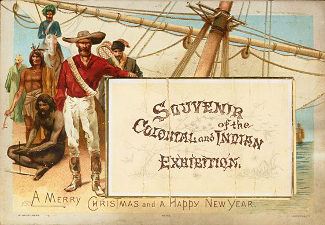
Other Histories of World's Fairs to Check Out

